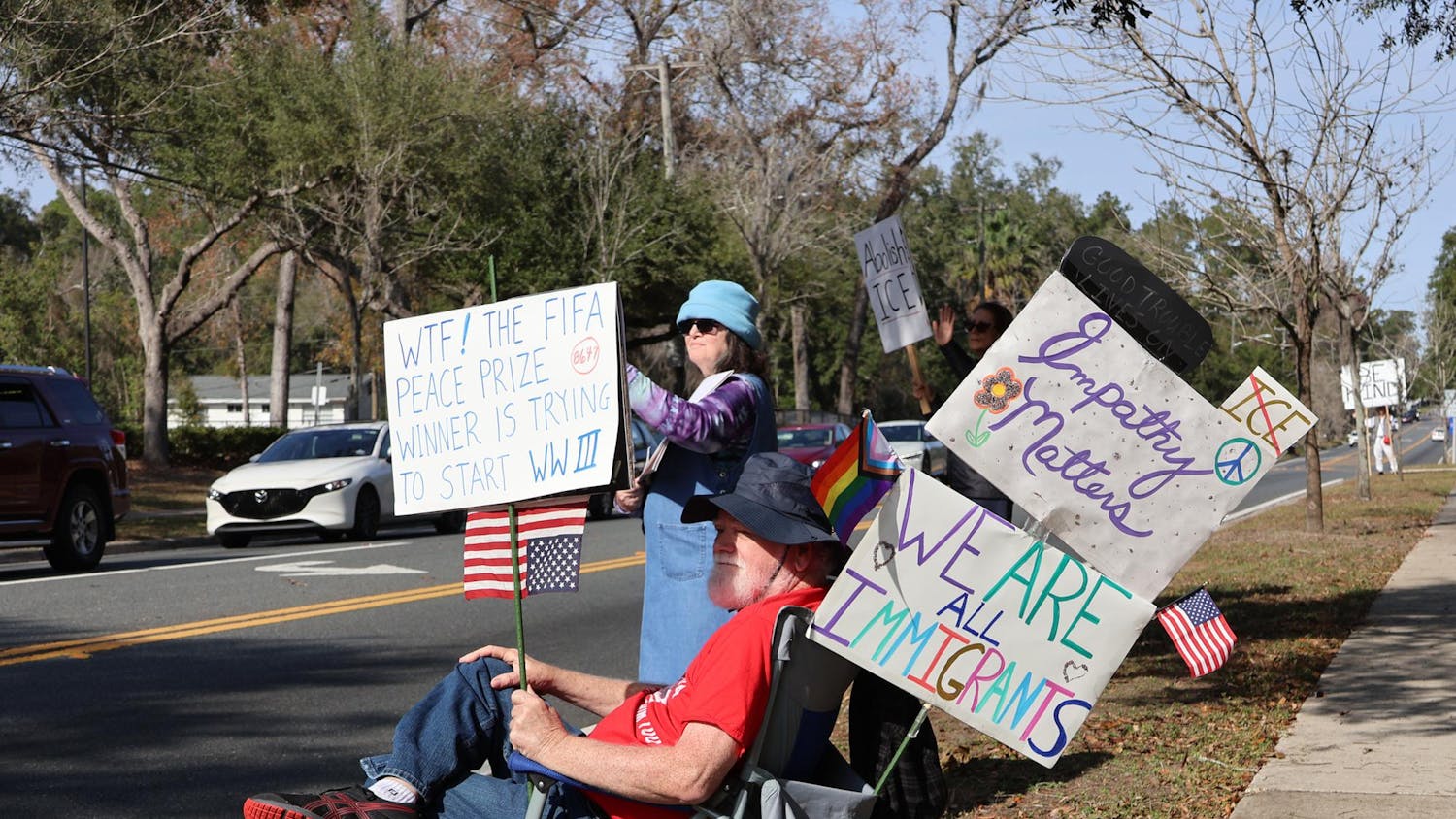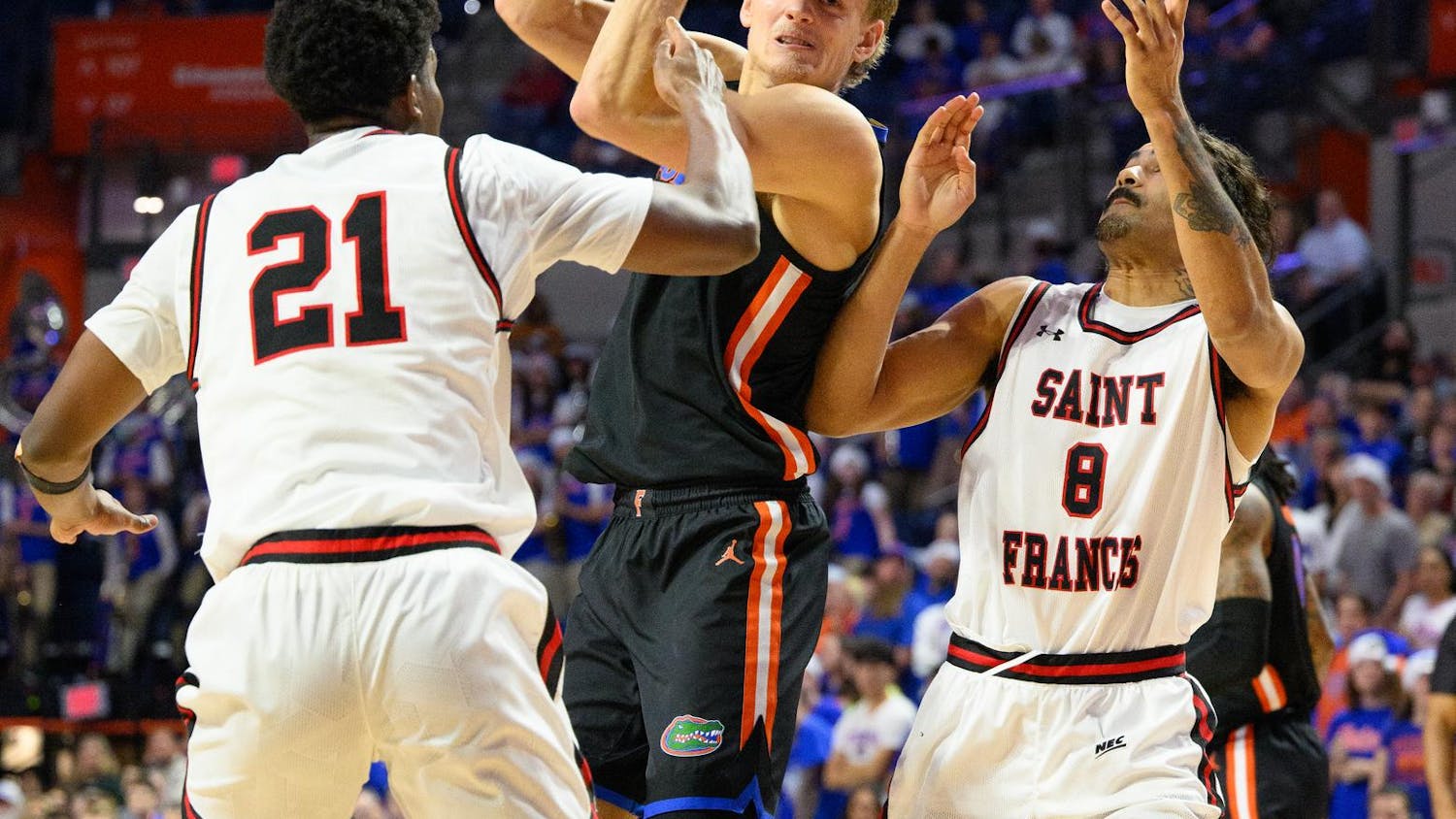The first full-scale test of UF's emergency-notification system on Friday has been dubbed a success by UF officials, but questions about the text-messaging test still linger.
The test included four parts: text messaging, e-mails, Web site updates and reverse-911 calls.
UF's text-messaging service has grown to include 56,795 cell-phone numbers since a January test of about 44,000, but nearly 4,400 phones never received Friday's text from UF's text-messaging provider, Mobile Campus, said UF spokesman Steve Orlando.
Orlando said it could take at least a week to learn why the message did not reach those numbers and how long it took to reach the remaining 52,400 phones.
"We can't say whether that part was a success or not," he said. "We want to know just as badly as everyone else."
A January text-messaging test yielded an 86 percent success rate, reaching about 42,000 of 44,000 numbers on the roster. In that test, it took 50 minutes to reach the masses.
UF officials anticipated Friday's test e-mails to reach the inboxes of more than 92,000 people in a couple of hours. The message, sent at 9 a.m., reached all its destinations in less than an hour after being sent by the Alachua County Sheriff's Office, Orlando said.Ninety-five of those e-mails were received in 17 minutes, according to an e-mail to Orlando from Marc Hoit, UF's interim chief information officer. A notice of the test on UF's Web page was posted within four minutes of the notification, Orlando said, and an update with more information went up about 35 minutes later.
UF also tested its automated-telephone-message system called a reverse-911 call. The service dials landlines and cell phones of students living in residence halls and leaves a message detailing an emergency situation and how to respond.
Occupants in Broward and Rawlings residence halls and Rinker Hall were chosen to receive the test voice messages. Orlando said recipients were asked to confirm if they understood the message by pushing a button, but many didn't wait for the message to play out.
Out of 770 calls made to phones in the area, 567 voicemails and 120 hang-ups were registered in just over 7 minutes - a 93 percent success rate, said Kenneth Allen, emergency management coordinator.
Fifteen minutes later, UPD expanded the area's radius by 700 feet to include more buildings and people, simulating a real active-shooter scenario. Of 1,100 calls placed, 725 voicemails, 191 hang-ups and 61 confirmations were made over a 10-minute period, Allen said. The expanded run was 89 percent successful. Some messages were not left because of incorrect cell phone numbers and busy signals, Allen said.
He said he is pleased with the numbers, but he would have liked to see more people answer their phones.





